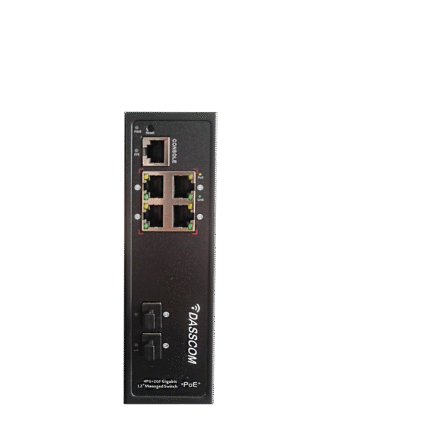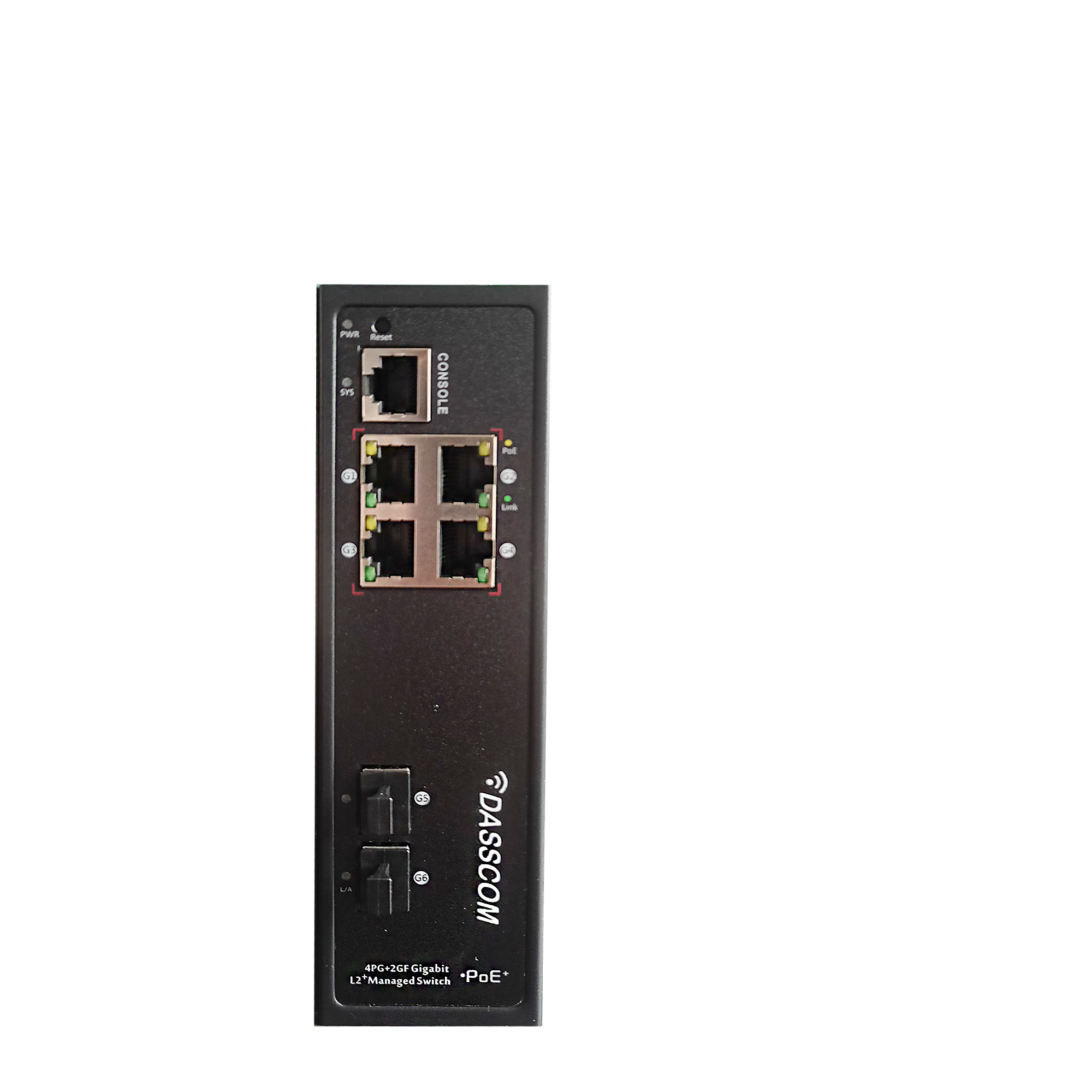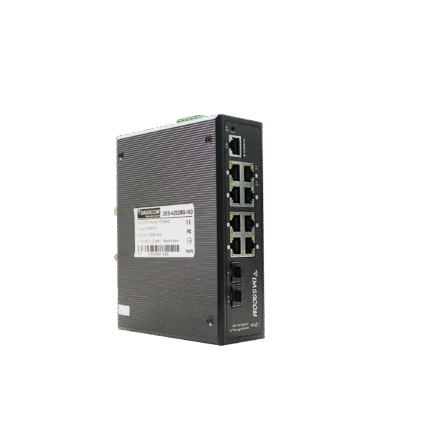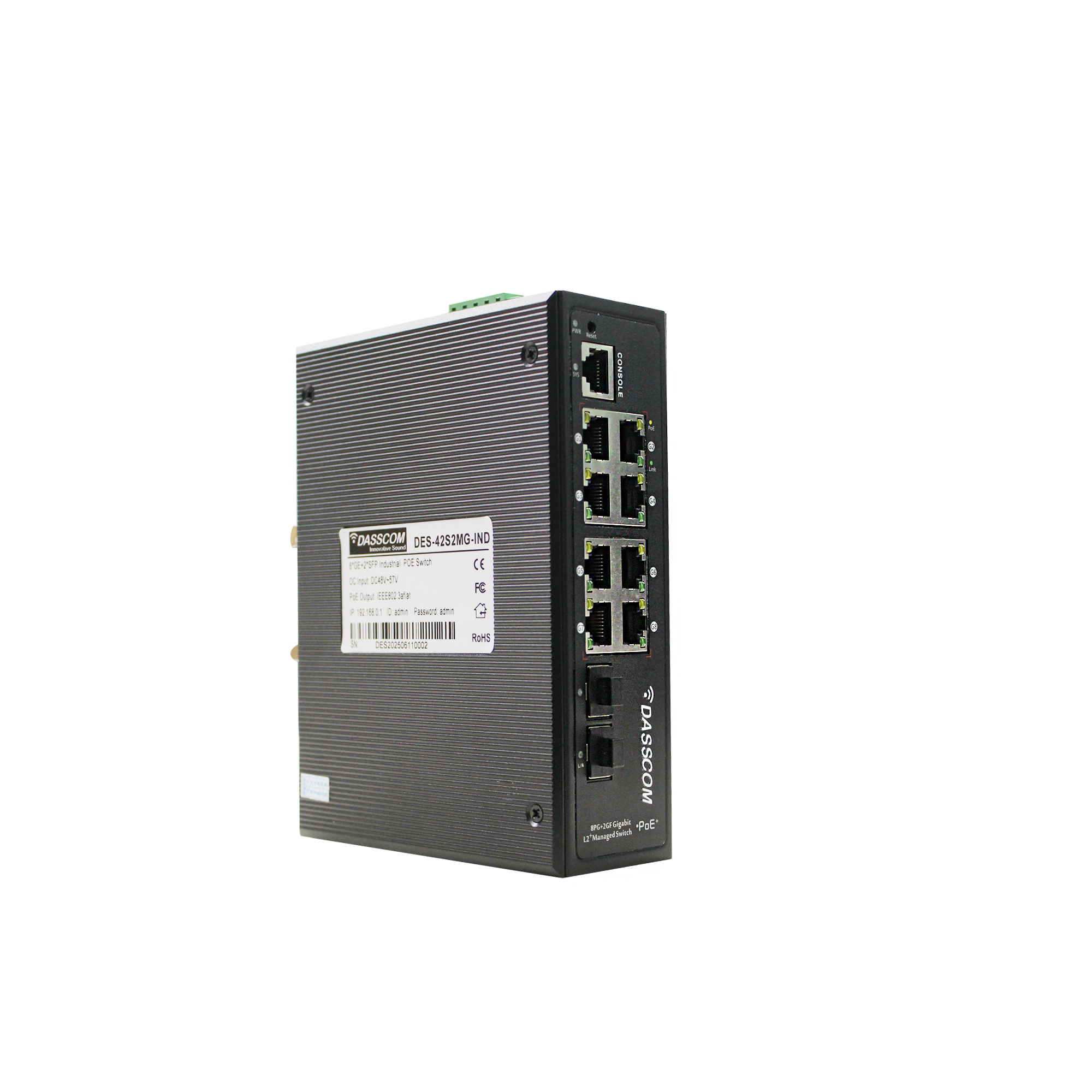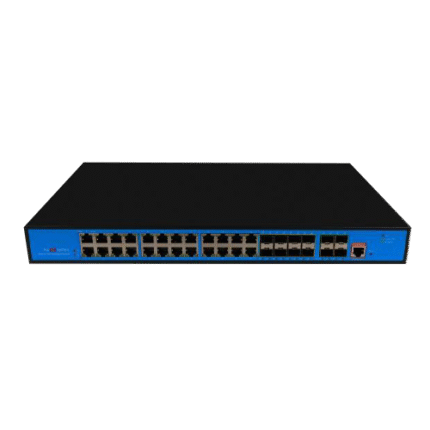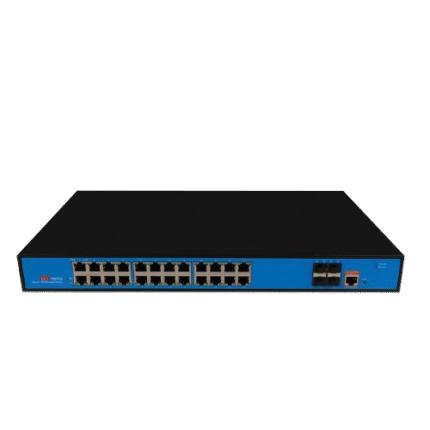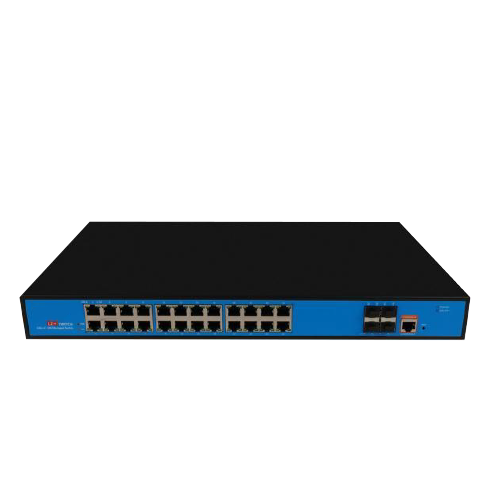Dasscom’s Industrial Switches provide IT teams and network administrators with complete control over network performance, security, and segmentation. Supporting VLANs, QoS, link aggregation, SNMP, and more, these switches are ideal for enterprise networks, VoIP infrastructure, and data-intensive applications. Their intuitive web interfaces and CLI access allow for real-time monitoring and traffic management, while advanced protection features guard against unauthorized access and network loops. Engineered for performance and uptime, Dasscom Industrial l switches ensure stable and scalable connectivity across demanding environments like business campuses, smart buildings, and multi-floor setups.
Industrial Switches
Industrial environments demand reliable, high-performance networking hardware that can withstand extreme conditions without compromising efficiency. Dasscom’s industrial switches are engineered for rugged applications where continuous connectivity, security, and scalability are essential. From manufacturing plants to transportation hubs and utility infrastructures, our range of industrial Ethernet switches delivers seamless communication across devices, control systems, and operational technology networks.
Whether you are upgrading legacy systems or deploying a new industrial communication network, Dasscom offers the right combination of durability, intelligence, and adaptability.
What is an Industrial Switch?
An industrial switch is a specialized networking device designed to function in challenging environments such as factories, mines, oil rigs, and outdoor facilities. Unlike commercial switches, these devices resist vibration, dust, humidity, and wide temperature fluctuations.
With a compact build and hardened components, an Ethernet industrial switch ensures stable data transmission even under high electromagnetic interference or heavy equipment operations. Industrial switches are crucial for enabling Industry 4.0, smart manufacturing, and IoT-driven automation, where every second of uptime matters.
Key Features of Dasscom Industrial Ethernet Switches
-
Rugged Design for Harsh Environments
- Built with industrial-grade components.
- Wide operating temperature range.
- Shock and vibration resistance for deployment in railways, utilities, and manufacturing sites.
-
Managed and Unmanaged Options
- Our portfolio includes managed industrial switches with advanced control and monitoring features, as well as unmanaged models for plug-and-play simplicity.
- Managed switches allow VLAN configuration, traffic prioritization, and network monitoring, giving businesses more control over performance.
-
Redundancy and Reliability
- Features like ring topology support and rapid failover ensure continuous connectivity even if a link fails.
- High MTBF (Mean Time Between Failures) ensures long-lasting operations.
-
Flexible Network Deployment
- Support for both copper and fiber connectivity.
- DIN-rail and rack-mount options for diverse installation needs.
- PoE (Power over Ethernet) support in select models to power cameras, sensors, or wireless access points directly through the switch.
Benefits of Choosing an Ethernet Industrial Switch
- Enhanced Network Stability – Optimized for 24/7 uptime with industrial protocols.
- Scalability – Ideal for both small networks and large industrial deployments.
- Cost Efficiency – Minimizes downtime, reducing maintenance and production losses.
- Future-Proofing – Compatible with IoT sensors, IP cameras, and automation systems.
By adopting a managed industrial Ethernet switch, businesses gain greater control over network traffic, enhanced security through authentication protocols, and better bandwidth utilization.
Applications of Industrial Network Switches
Dasscom’s industrial network switches are trusted across multiple verticals, including:
- Manufacturing & Automation – Linking PLCs, HMIs, and robotics for seamless automation.
- Oil & Gas – Handling mission-critical communications in offshore platforms and refineries.
- Transportation & Railways – Supporting real-time monitoring and control systems for safe operations.
- Utilities & Energy – Connecting substations, smart grids, and SCADA systems.
- Smart Cities – Powering surveillance systems, traffic management, and IoT-based city solutions.
The adaptability of a network switch industrial solution ensures businesses can expand connectivity while maintaining efficiency and uptime.
Why Choose Dasscom Industrial Switches?
- Proven Reliability: Designed for continuous use in high-demand industrial setups.
- Advanced Security: Protection against unauthorized access and cyber threats.
Easy Management: User-friendly web interfaces, SNMP support, and CLI options for configuration. - Tailored Options: Whether you need a compact unmanaged switch for a small automation project or a managed industrial Ethernet switch for enterprise-scale deployment, Dasscom has the right solution.
- Global Standards Compliance: Built to meet international industrial certifications, ensuring robust performance.
Managed vs. Unmanaged Industrial Switches
| Feature | Unmanaged Switch | Managed Industrial Switch |
| Setup | Plug-and-play | Requires configuration |
| Control | No control over traffic | VLANs, QoS, monitoring, redundancy |
| Best For | Small setups, simple connections | Large industrial networks, automation, critical systems |
| Scalability | Limited | Highly scalable |
This distinction helps businesses choose the best Ethernet industrial switch for their network infrastructure, based on the level of control and monitoring required.
Future of Industrial Networking
As industries embrace automation, robotics, and IoT, the role of industrial switches is evolving. From handling massive sensor data to ensuring real-time communication between machines, switches form the backbone of smart manufacturing. Advanced managed industrial switches support higher bandwidth, lower latency, and secure integration with cloud platforms—making them essential for Industry 4.0.
Conclusion
A reliable industrial switch is more than just a networking component—it’s the backbone of uninterrupted operations in modern industrial environments. Dasscom’s portfolio of industrial Ethernet switches delivers rugged reliability, intelligent management, and unmatched scalability.
Whether you need a simple Ethernet industrial switch for basic connectivity or a managed industrial Ethernet switch for mission-critical applications, Dasscom has the expertise and solutions to match your needs. With proven durability and advanced technology, our industrial network switches are the trusted choice for businesses looking to future-proof their operations.
FAQs
An industrial switch is a rugged networking device designed to operate in extreme conditions such as high temperatures, humidity, dust, and vibration. Unlike commercial switches, it is built with hardened components and provides higher reliability, making it ideal for factories, transportation systems, and energy networks.
They are widely used in manufacturing plants, oil and gas facilities, railways, power grids, and smart city projects. Anywhere continuous and stable network connectivity is critical, an industrial Ethernet switch becomes the backbone of communication.
A managed industrial Ethernet switch allows businesses to monitor and control network traffic, configure VLANs, improve security, and ensure redundancy in case of failures. This makes them ideal for large, mission-critical networks that require high uptime.
Yes. Most modern industrial network switches support multiple port options, including copper (RJ45) and fiber (SFP) connections. This flexibility makes it easy to expand and adapt networks for different industrial needs.
They are designed with features like wide operating temperature ranges, shock resistance, redundant power supplies, and rapid failover capabilities. These ensure uninterrupted connectivity even in challenging conditions.
- Unmanaged Switch – Plug-and-play, simple to use, no configuration required.
- Managed Switch – Provides advanced features such as VLANs, Quality of Service (QoS), SNMP monitoring, and traffic control for better network performance and security.
You should consider:
- The number of ports needed.
- Whether you require managed or unmanaged control.
- Environmental factors such as temperature and vibration.
- Future scalability and compatibility with your existing IP PBX or VoIP infrastructure.
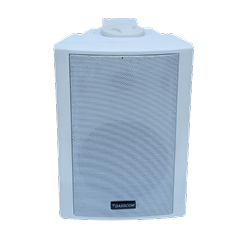 Indoor Speakers
Indoor Speakers
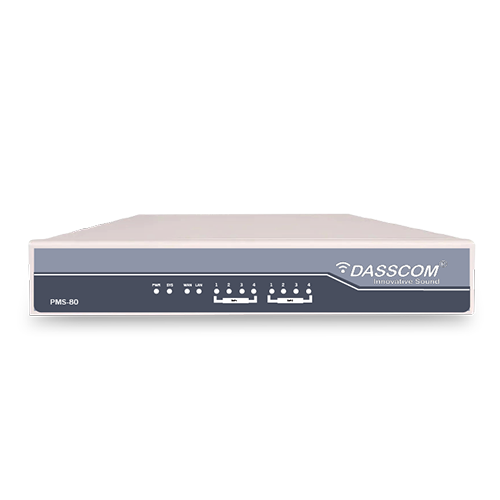 Paging Controller
Paging Controller
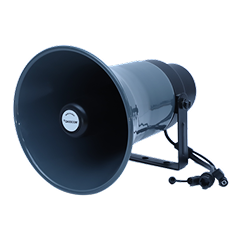 Outdoor Speakers
Outdoor Speakers
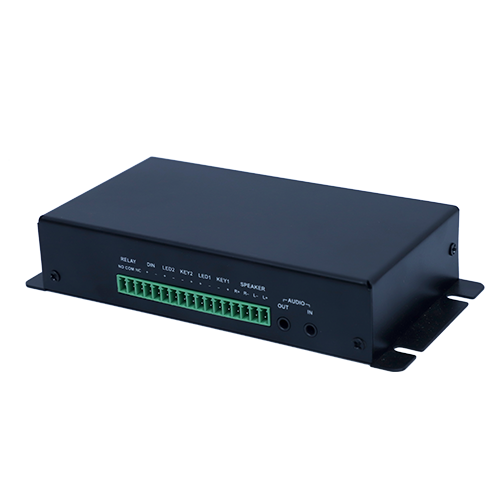 IP Amplifier & Gateway
IP Amplifier & Gateway
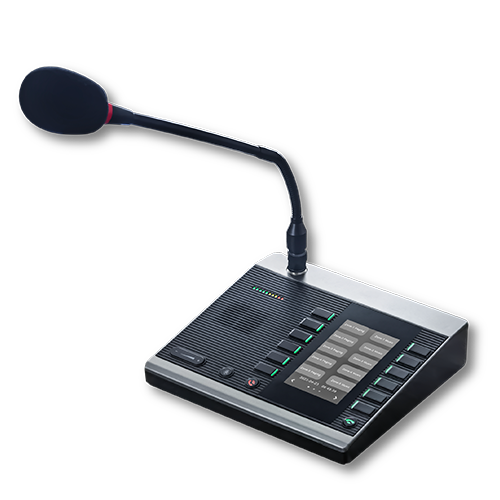 Paging Microphones
Paging Microphones
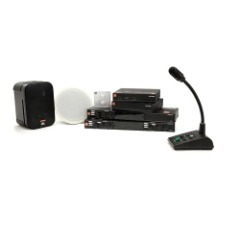
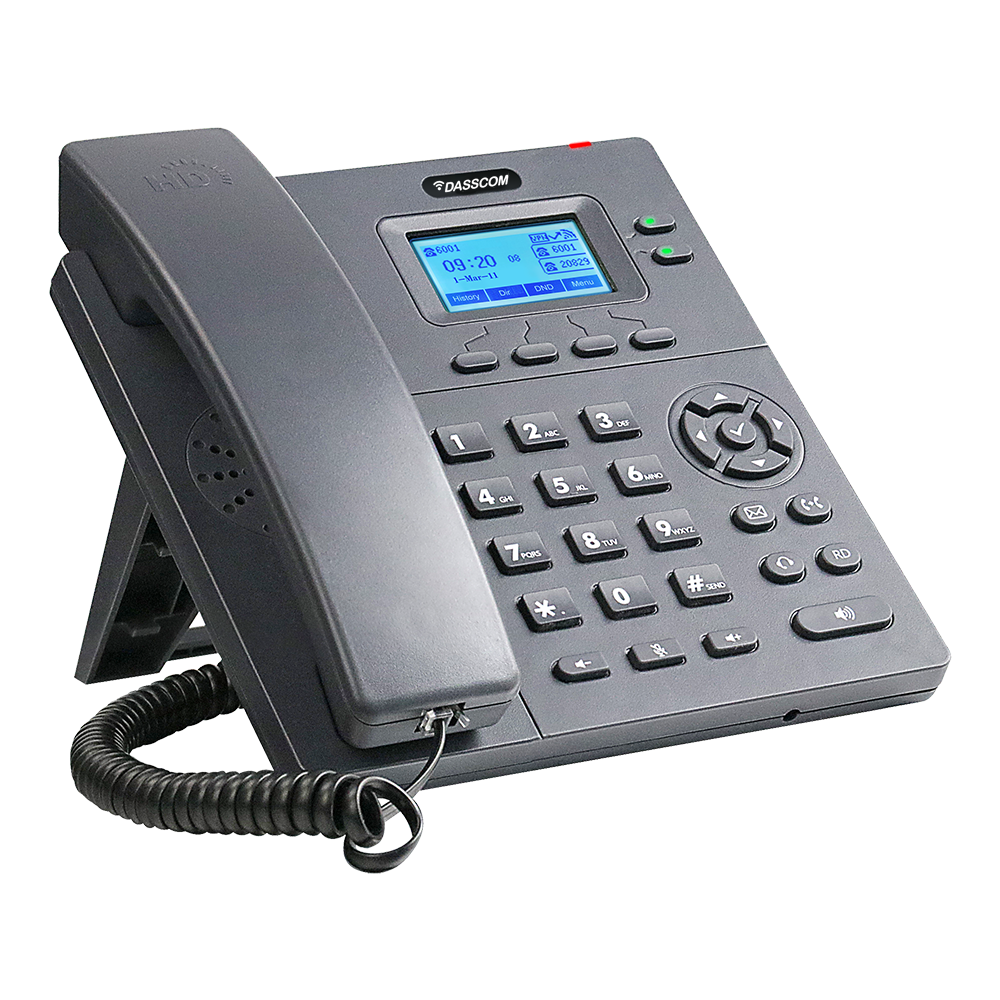 Basic IP Phones
Basic IP Phones
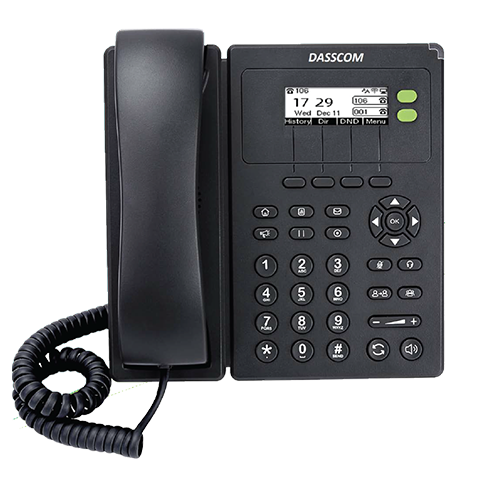 Wifi Phones
Wifi Phones
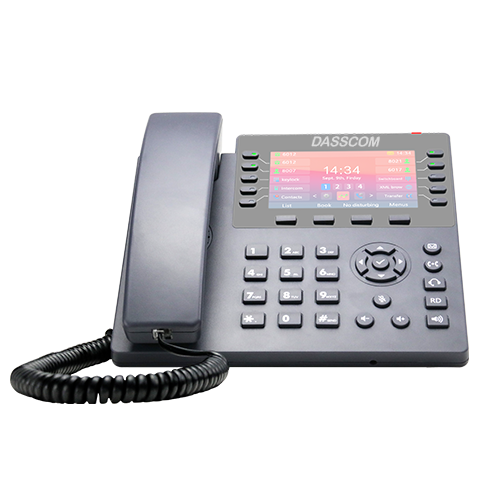 Executive IP Phones
Executive IP Phones
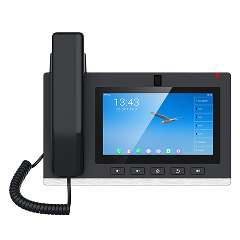 Video Phones
Video Phones
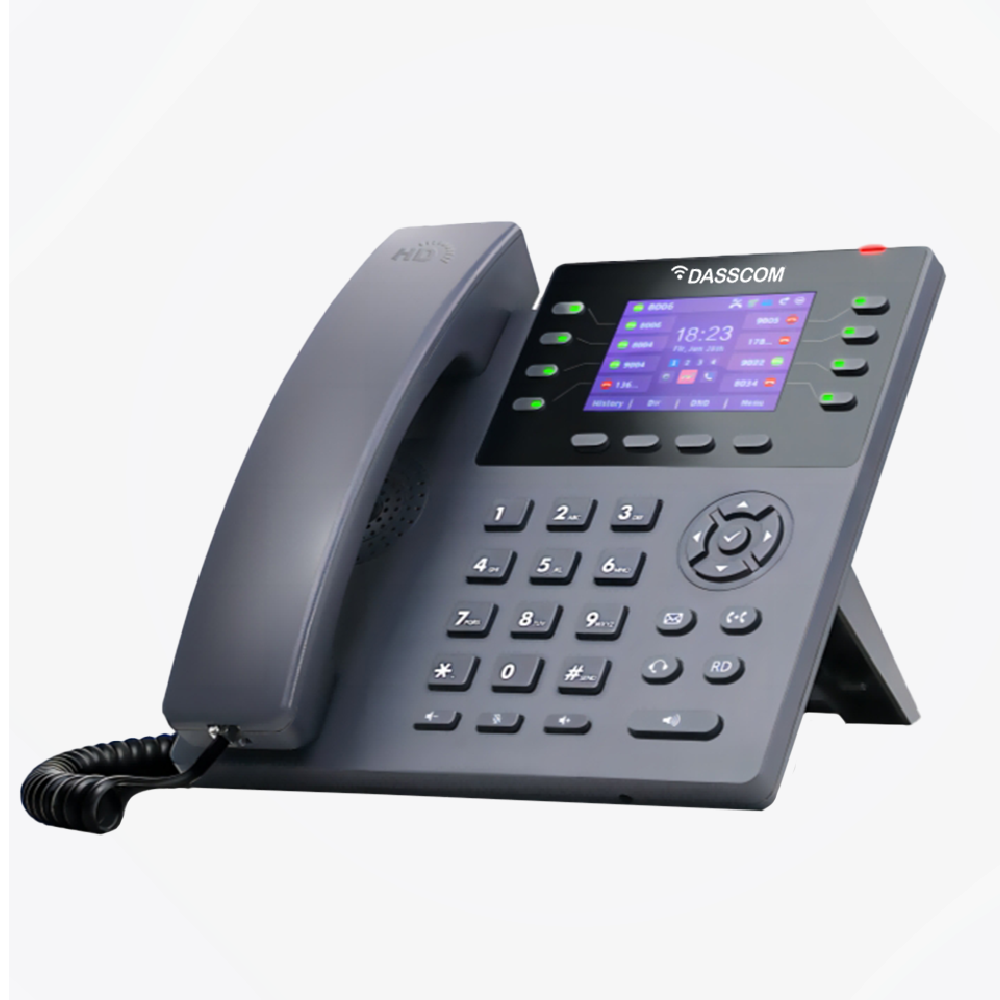
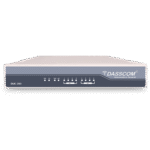 Duc-series
Duc-series
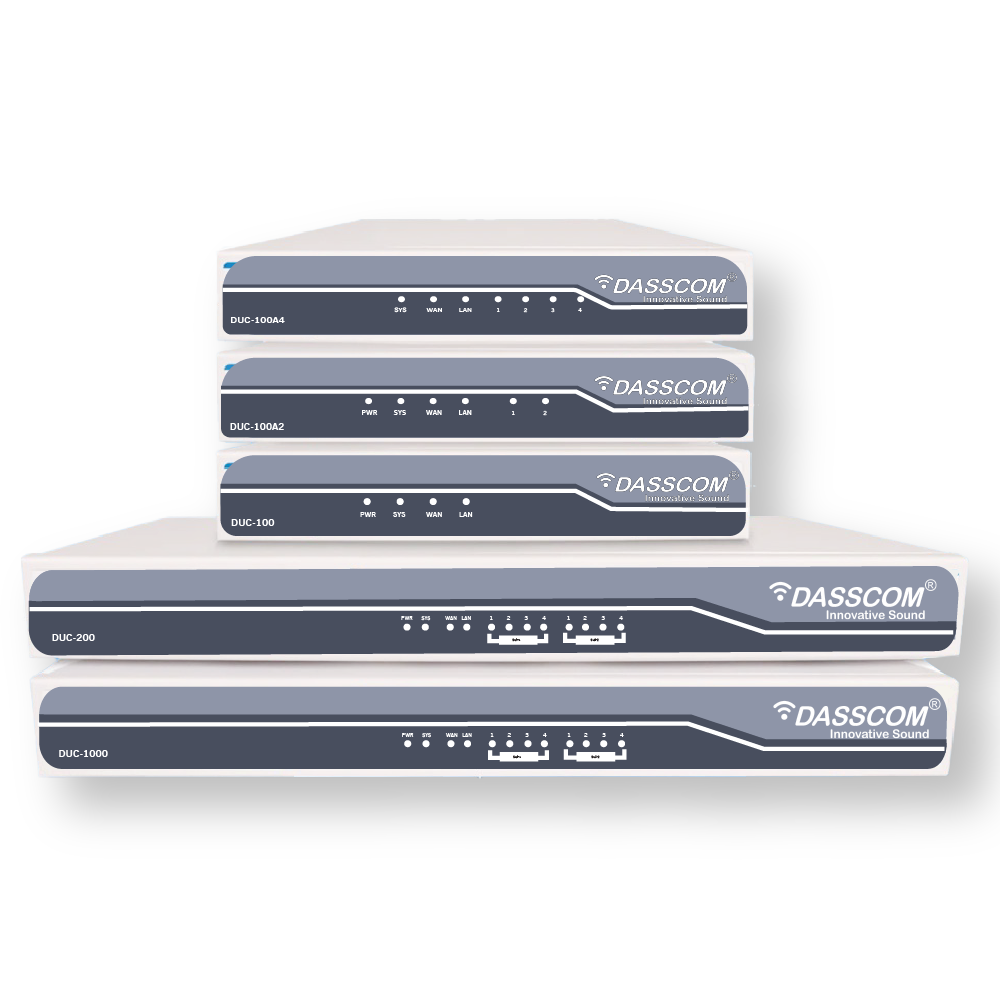
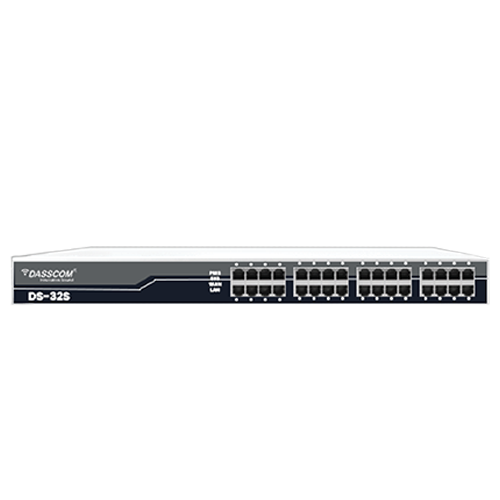 FXS/FXO Gateways
FXS/FXO Gateways
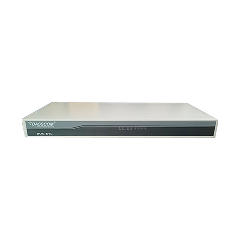 E1/T1 Gateway
E1/T1 Gateway

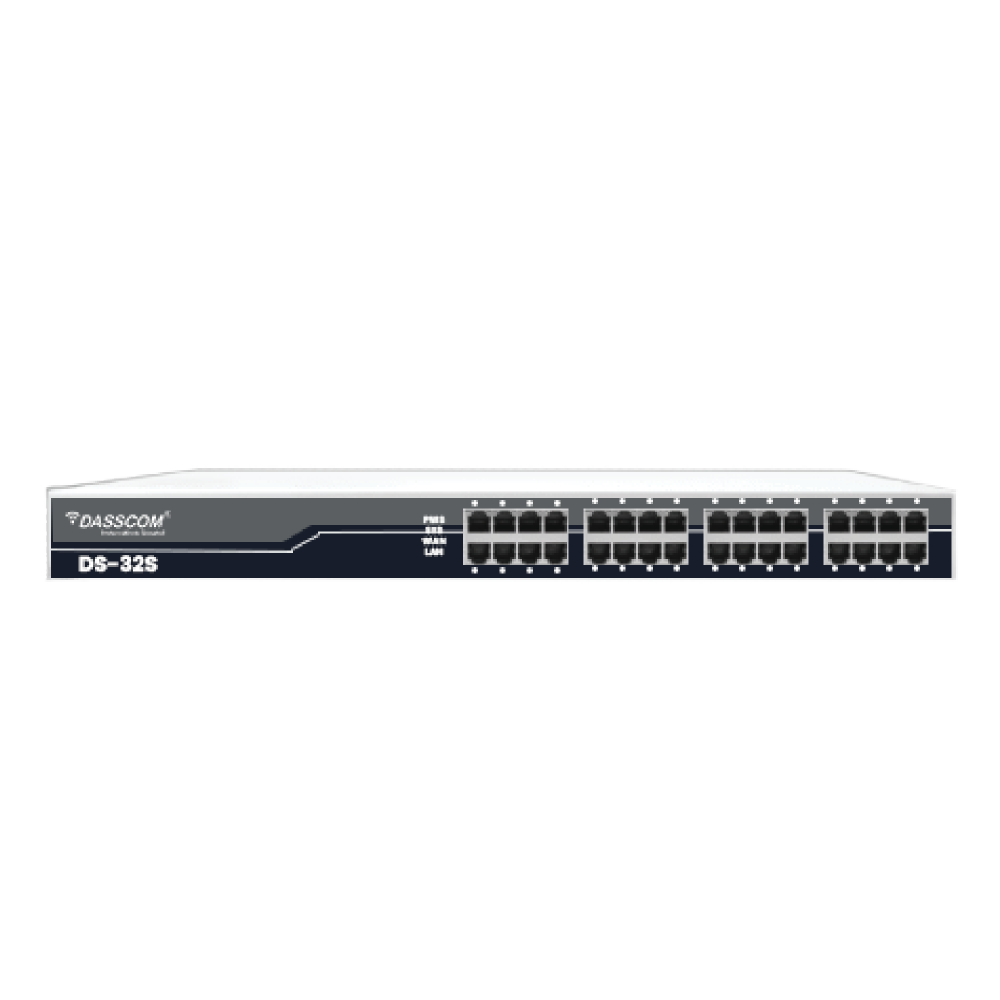
 Unmanaged Switches
Unmanaged Switches
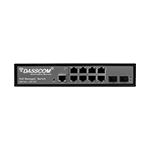 Managed Switches
Managed Switches
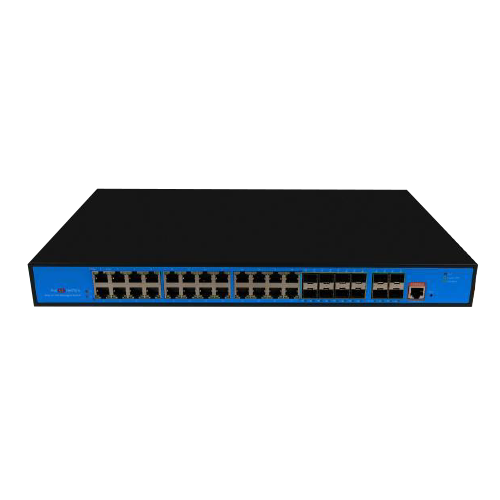 Industrial Switches
Industrial Switches
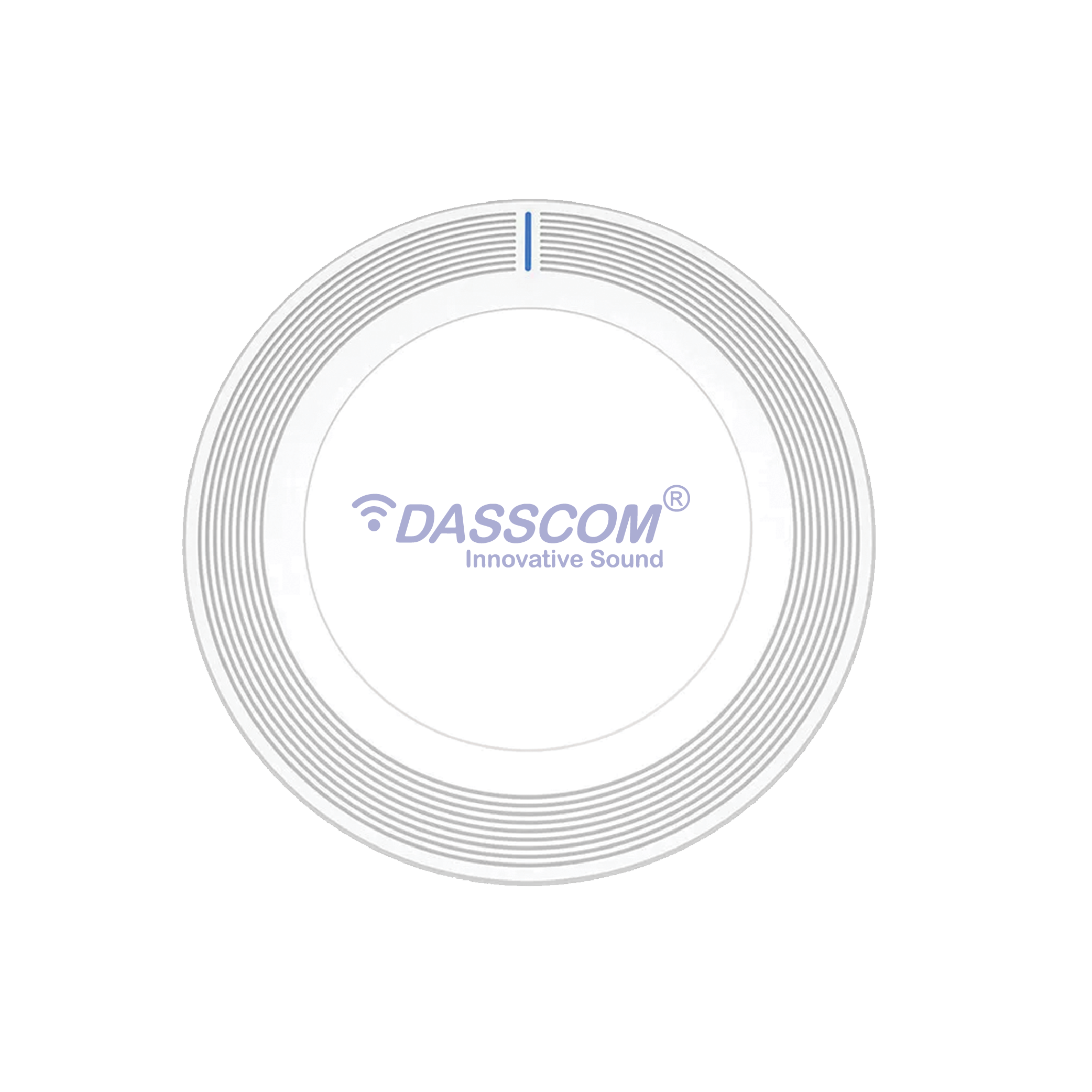 Access Points
Access Points
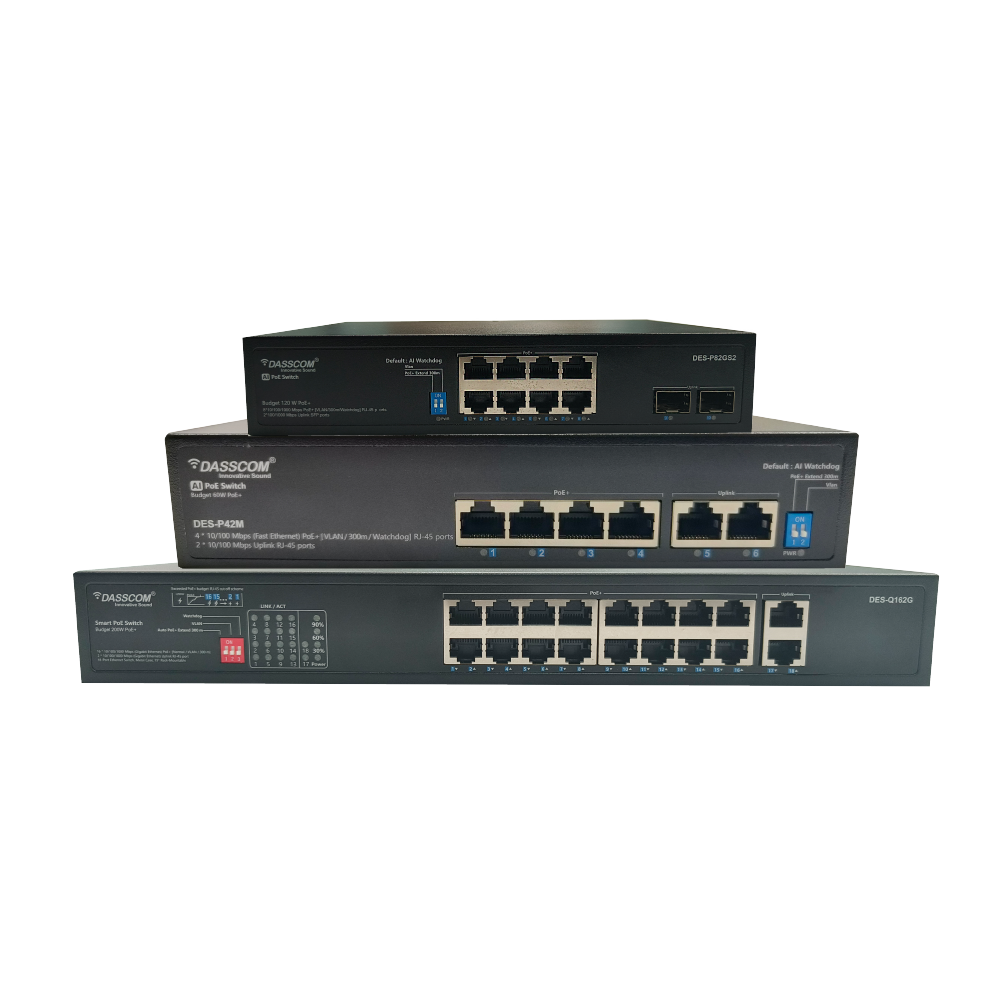
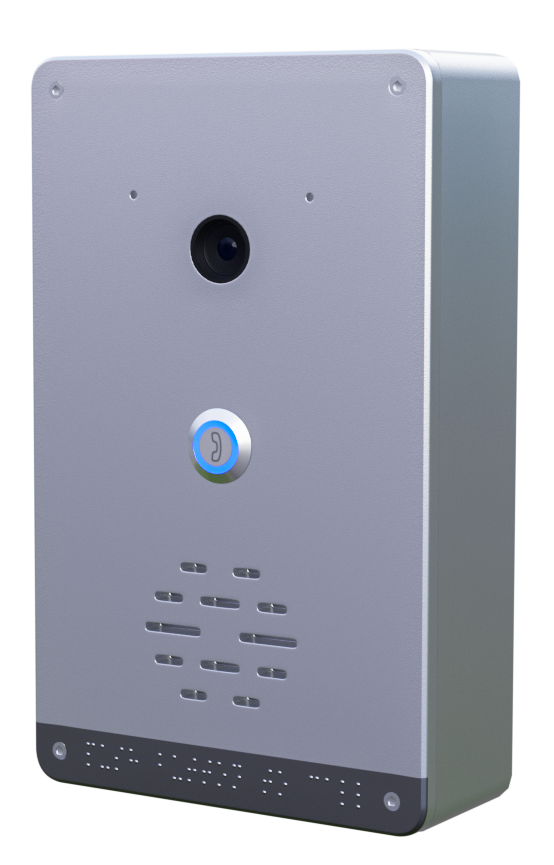 Safety Intercoms
Safety Intercoms
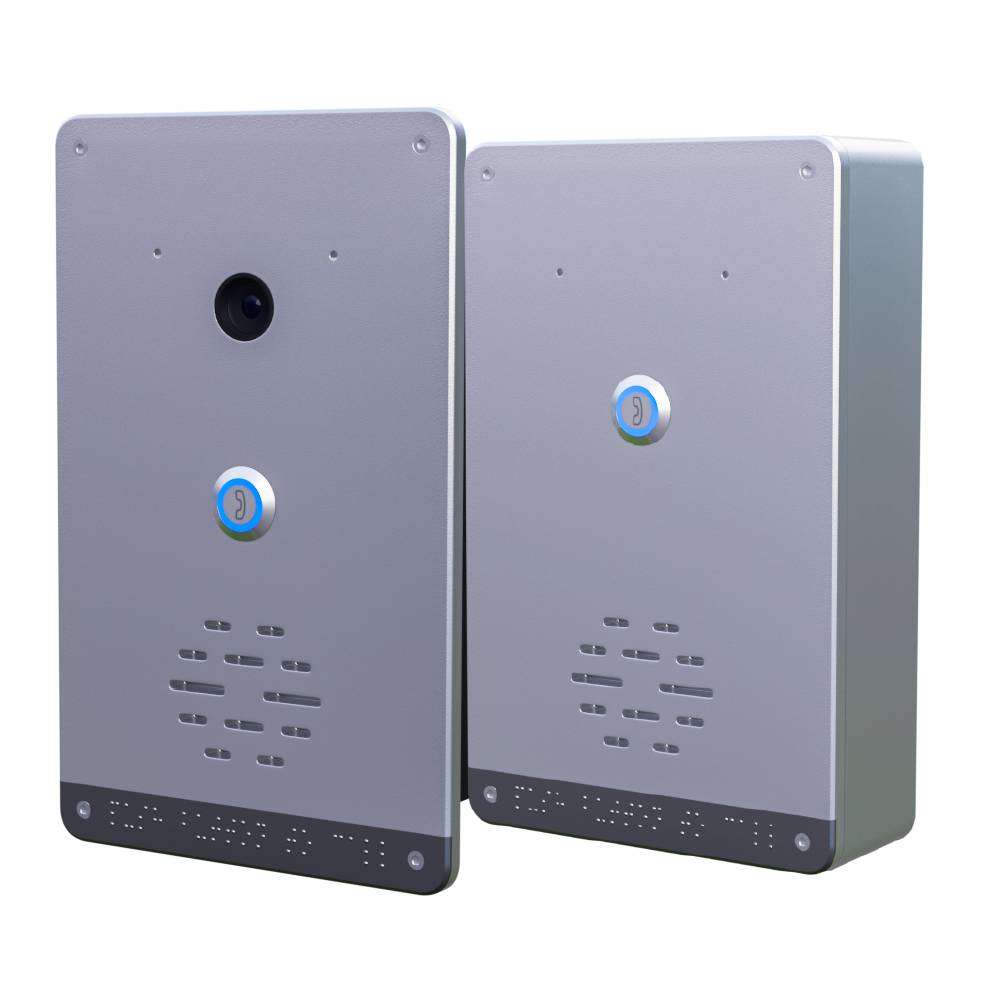
 Veda Series
Veda Series
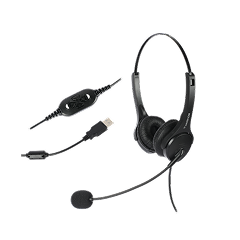 Divine Series
Divine Series
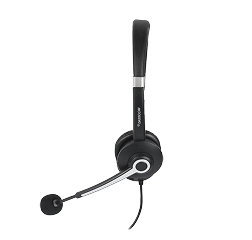 Tatva Series
Tatva Series
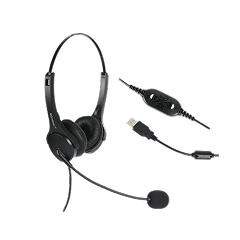
 VoIP Office
VoIP Office
 Call Center Solutions
Call Center Solutions
 Network Communications
Network Communications
 Public Safety
Public Safety
 Video & Security System
Video & Security System
 Highway Communication
Highway Communication
 Intercom System
Intercom System
 IP Paging Solutions
IP Paging Solutions

 Healthcare
Healthcare
 Hospitality
Hospitality
 School & Universities
School & Universities
 IT Office
IT Office
 SMEs and SMBs
SMEs and SMBs
 Industries
Industries


 Public Address System
Public Address System
 VOIP Phones
VOIP Phones
 VOIP PBX
VOIP PBX
 VOIP Gateways
VOIP Gateways
 Networking Solutions
Networking Solutions
 Call Center Headsets
Call Center Headsets
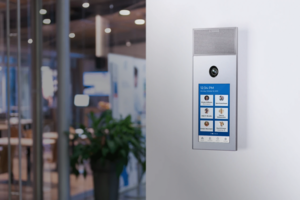 Emergency Intercom Stations
Emergency Intercom Stations
